Writing about food is not just a matter of going to a restaurant, clicking cameras, and digging right in. This I discovered when I decided to, ten years ago, form a food-tasting group of 5 named Team Tikim. I would contact hotels and ask if the team could do a taste test of the dishes the hotel would like to highlight in their menu.
I did not realize that that was a bold step to take (at least for me) considering that 1) I do not have a culinary background, 2) I grew up in a household where we had a cook, fortunately, because my mother hates cooking, and (3) I have dietary restrictions as a frustrated vegetarian. Still, for every good food blogger I know, blogging is work and personal idiosyncracies should be set aside and the subject of food approached as objectively as possible.
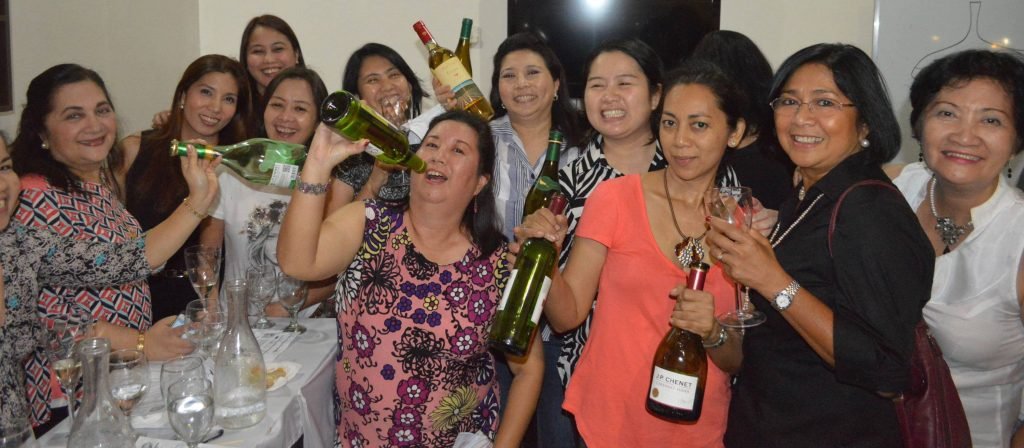
Let me walk you mentally through some helpful tips for food blogging.
- Eat and you shall write.
One cannot write about food by just merely looking at it and taking pictures. Or how else can you describe the particular flavors, textures, memories, emotions, and physical reactions of nose, tongue, lips and throat?
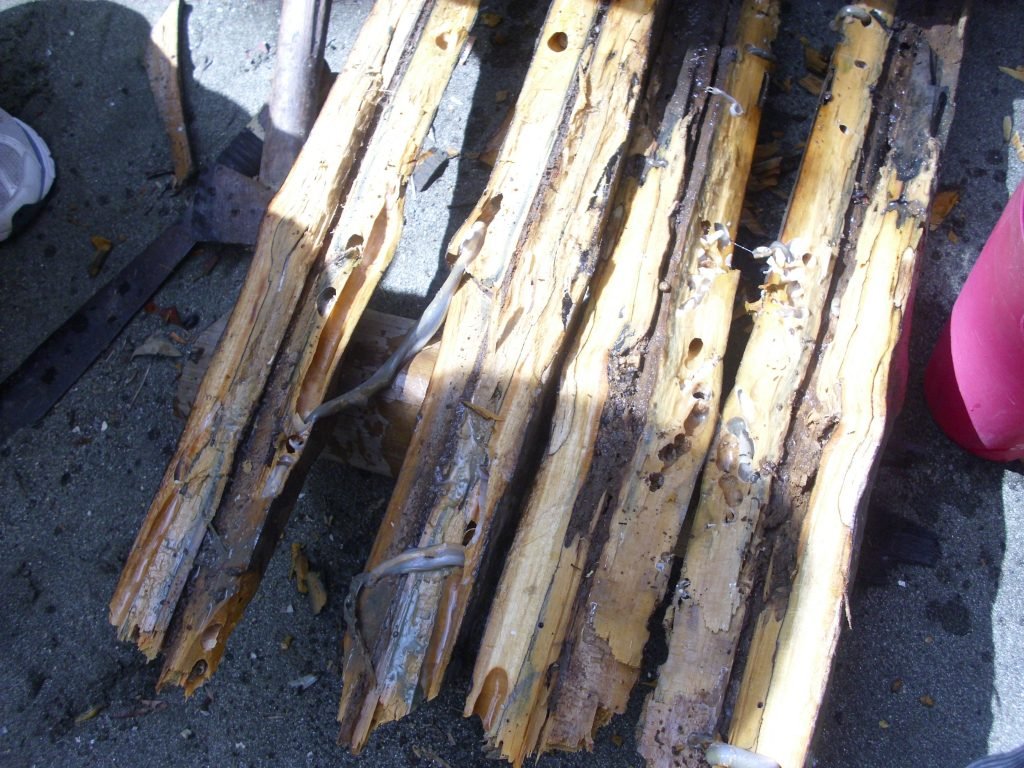
How about trying unusual dishes? I got out of my comfort zone and entered the slimy world of tamilok in Kalibo, popped a few silkworm larvae at the silk factory in OISCA, Bago City, broke my “No pork” rule gorging on bagnet in Ilocos, and almost retched from stuffing my mouth with one too many slices of desserts at local patisseries.
2. Read as many books and articles on food as you can.
There are many wonderful food book authors and equally divine writers tackling a dish here and a newly-opened bistro there. How were they able to string words into lovely phrases and sentences that either made the reader salivate for an unusual ice cream flavor, or made the reader wish he was at that restaurant now? Some people are just so blessed with the amazing ability to “take us there”. Doreen Fernandez and Claud Tayag are two writers who write in conversational, readable styles. I learned from them.
3. Do not forget to include cookbooks in your reading list.
But, of course! If you were to write about Indian cooking, you would want to know the ingredients and the processes involved. These will make you appreciate more the similarities and differences among various cuisines, and value the results of these processes.
4. Attend cooking classes.
I may not have turned out to be an expert in the cuisines of Penang, or Vietnam, or Bali, but attending a class, being guided by a reputable instructor, and getting to eat what I cooked all helped in forming brave impressions, and building confidence in writing about a cooking experience and its accompanying flavors.
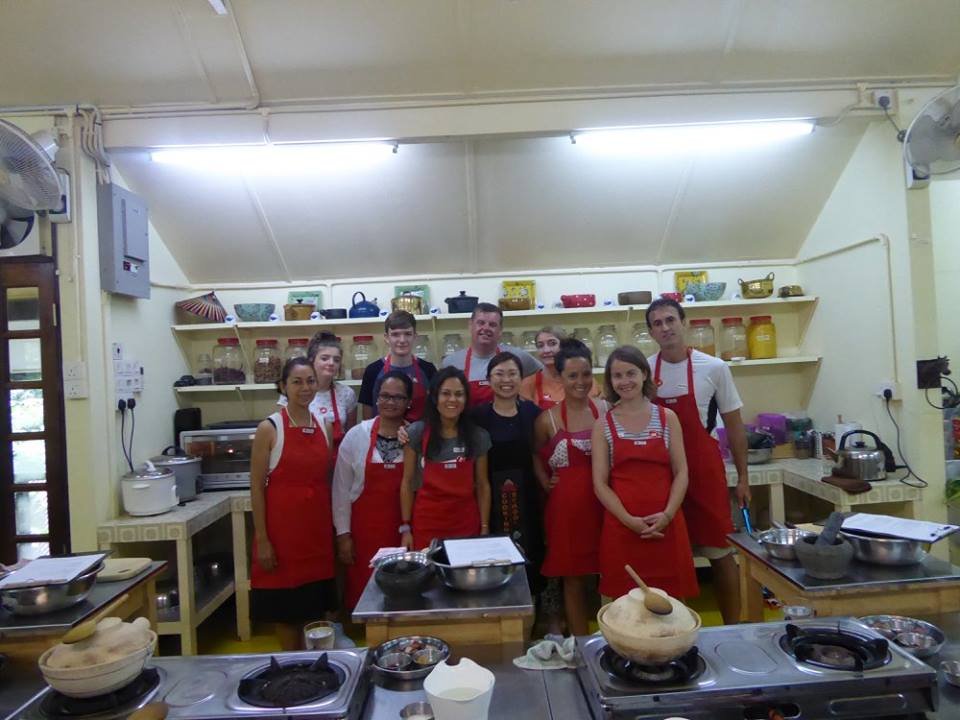
At the Spice Garden learning
nyonya cooking
A Spice Garden tour is a must to understand Penang’s cuisine
When eventually faced with similar dishes, one would already have understood what went behind their formulations and can comment on these.
5. Take a food writing course.
One of the best investments I made in the line of food writing was to take a course on that under best-selling Filipino author and famed restaurateur Amy Besa. Her book “Memories of Philippine Kitchens” was highly-acclaimed and she and her husband Chef Romy Dorotan has tremendous success running their Soho restaurant Cendrillon which they closed after a decade and reopened a new one in Brooklyn as Purple Yam. Her obsession with indigenous Philippine ingredients and bringing Filipino cuisine to the American palate makes her an arsenal of that aspect of Philippine culture and her “Memories of Philippine Kitchens” a treasure trove of native history, culture, family life, and high-standard culinary adventures.
It was an honor to be mentored by her, first in the classroom with me as the only one who finished her short course completed by emails between student and teacher when Amy had to return to New York.
6. Needless to say, travelling is a wonderful teacher.
Whether domestically or internationally, travel draws us out of our lairs and forces us to dive into the strange, the unusual, the uncomfortable, the funny, the lip-smacking, the true…

For something as mundane as the subject of salt, it was best for me to get on a bus and ride short miles to the salt beds of Bago City and Pulupandan, both in the south of my province’s capital city Bacolod. There I discovered that one saltbed produces whiter, larger and saltier crystals than the other. See? If I had not set out to visit our local sources of salt, how would I know that? Research and data-gathering are as basic as tasting the dishes themselves. Good food writing also involves the truth and nothing but, so, aim for truthful reporting.
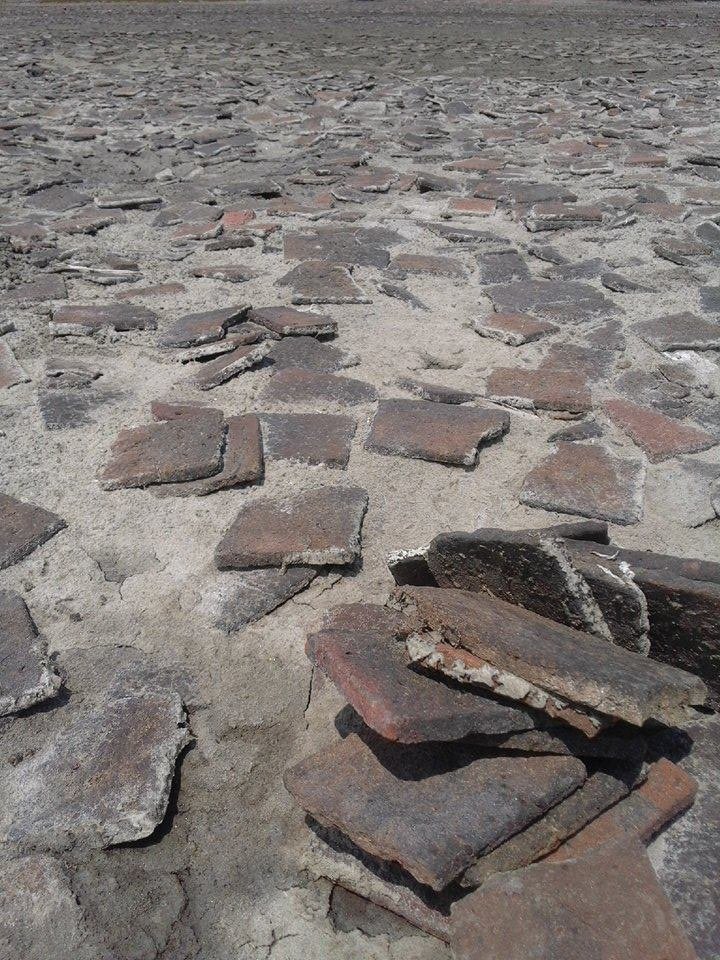
An old Bago tile-lined saltbed 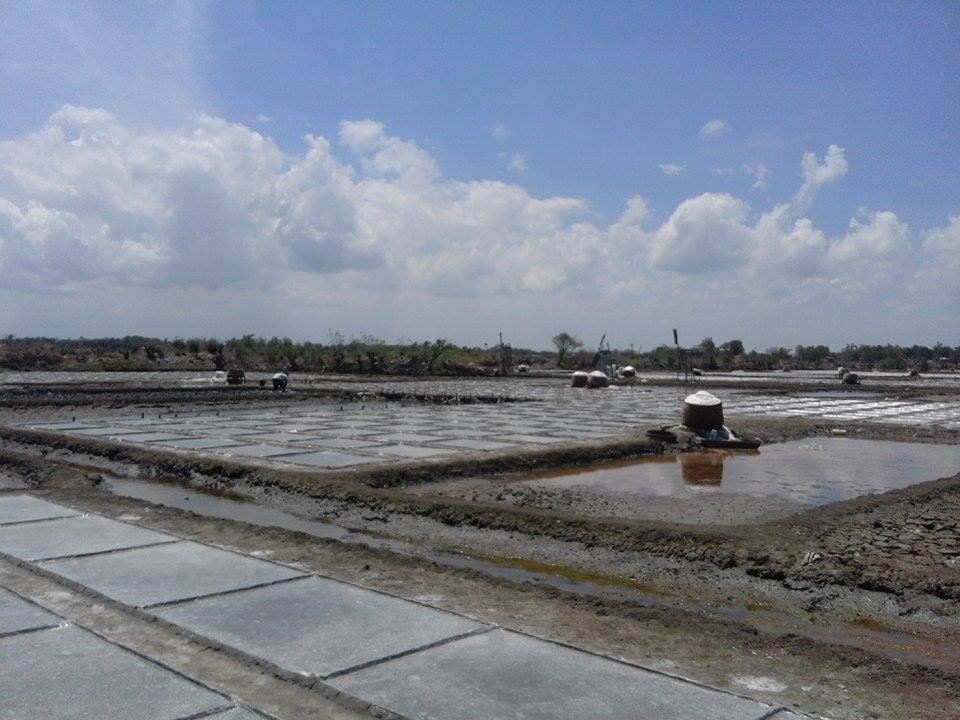
Pulupandan’s asinan 
Ang asin ng Pang-asinan
Food writing or blogging also requires beautifully-taken photographs to aid the reader in digesting food descriptions. However, I believe that more palatable writing is served with proper grammar, good content, and the flair for taking the reader along the writer’s food journey.

